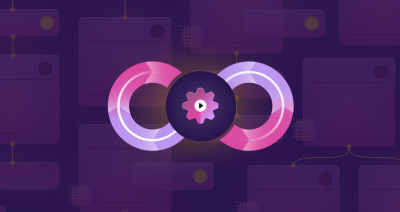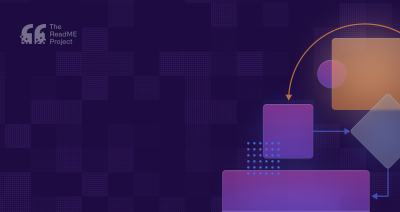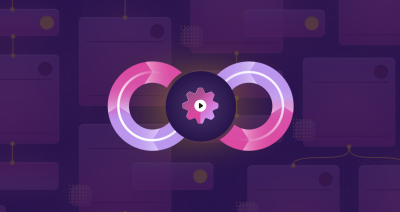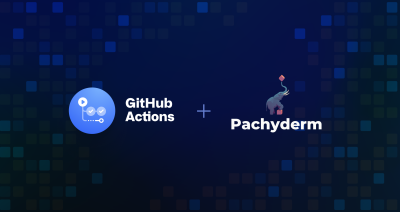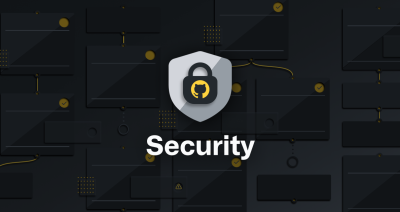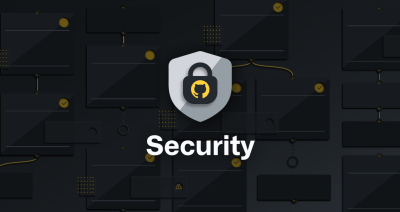
Applying DevSecOps to your software supply chain
To best apply DevSecOps principles to improve the security of your supply chain, you should ask your developers to declare your dependencies in code; and in turn provide your developers with maintained ‘golden’ artifacts and automated downstream actions so they can focus on code.
